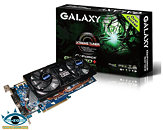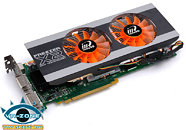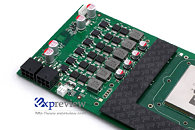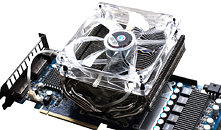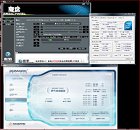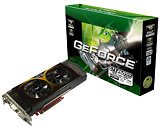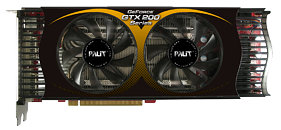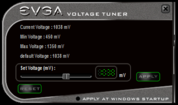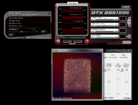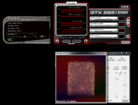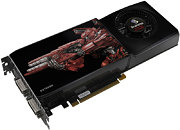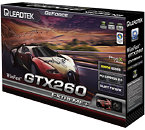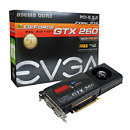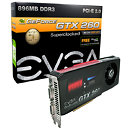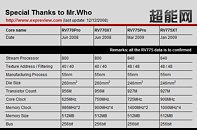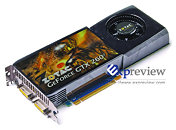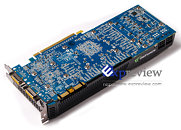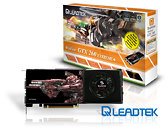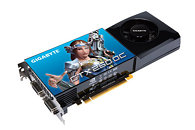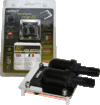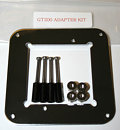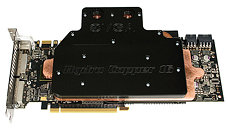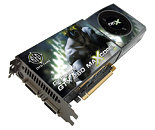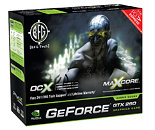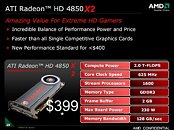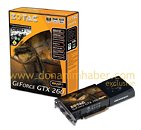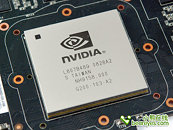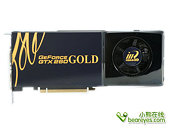Galaxy Releases GeForce GTX 260+ Non-Reference Card, Changes Cooling Specifications
Galaxy finally pushed its self-designed GeForce GTX 260+ graphics card to retail. The card surfaced earlier this month, in a pre-release appearance with a completely different GPU cooler (read here). The pre-release iteration featured PC-Cooler HP4-1226. As we found out during the course of the discussion, the said cooler was too large to be sold with the card, as it would probably span across four or more expansion slots.
Galaxy made the release-grade card a bit more retail-friendly by using a slightly modified Accelero Twin-Turbo cooler made by Arctic Cooling. The new cooler keeps the footprint of this card within three expansion slots. The Galaxy GeForce GTX 260+ features factory-overclocked parameters, of 625/1350/1050 MHz (core/shader/memory), a 7% overclock over the reference speeds. It uses the 55 nm G200b core, with 216 stream processors and 896 MB of GDDR3 memory. Interestingly, the card bundles Galaxy's Xtreme Tuner overclocking software, as against the Magic Panel software the pre-release iteration was spotted with, by Chinese media.
Galaxy made the release-grade card a bit more retail-friendly by using a slightly modified Accelero Twin-Turbo cooler made by Arctic Cooling. The new cooler keeps the footprint of this card within three expansion slots. The Galaxy GeForce GTX 260+ features factory-overclocked parameters, of 625/1350/1050 MHz (core/shader/memory), a 7% overclock over the reference speeds. It uses the 55 nm G200b core, with 216 stream processors and 896 MB of GDDR3 memory. Interestingly, the card bundles Galaxy's Xtreme Tuner overclocking software, as against the Magic Panel software the pre-release iteration was spotted with, by Chinese media.
